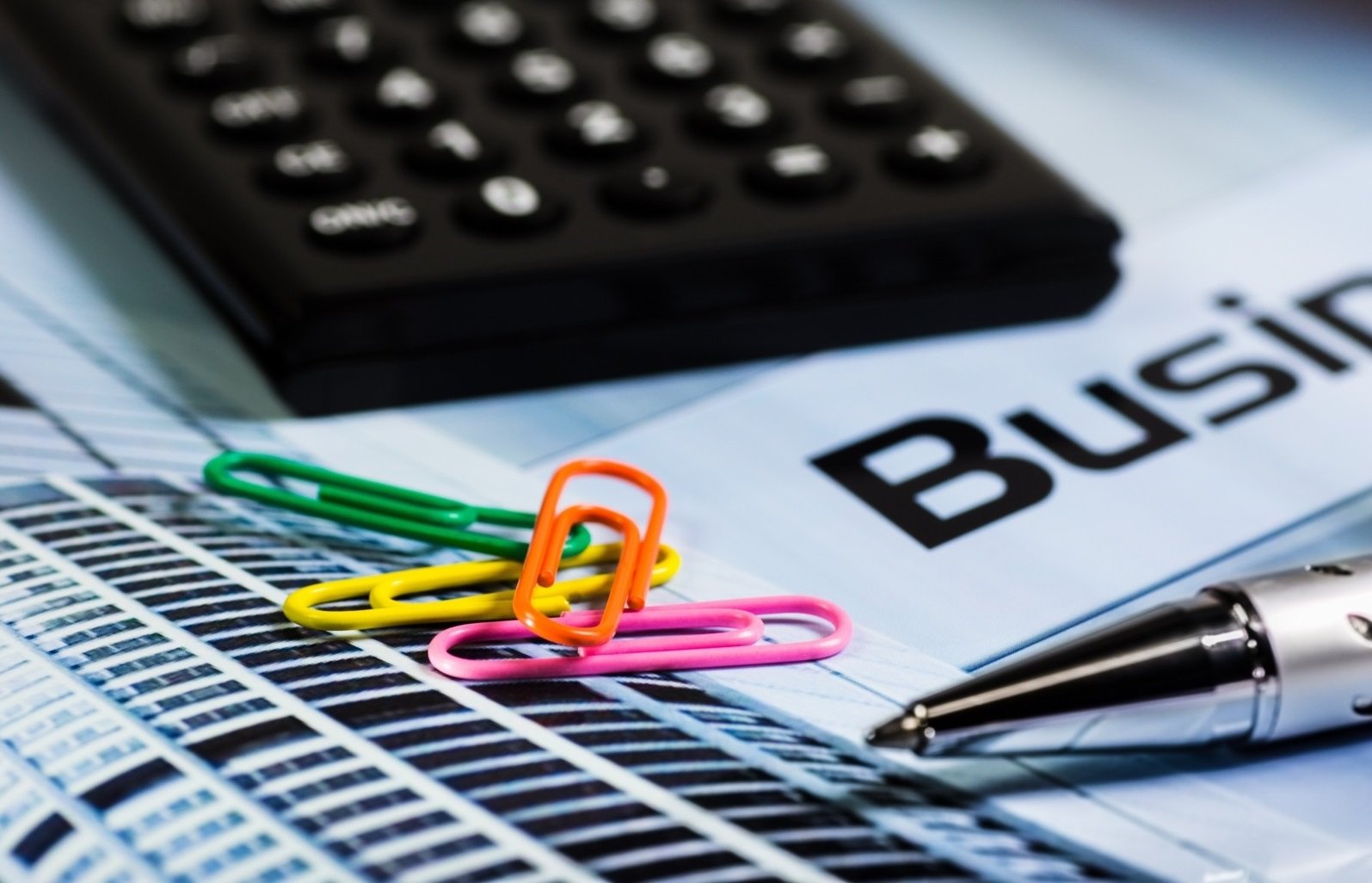
Photo: via VisualHunt.com
Value Added Tax (VAT) was introduced into the UK on April 1, 1973 as a requirement of membership of the European Union (EU). It is based on some very simple principles, though its complexities in practice can be mind-boggling.
VAT is a tax on consumer expenditure and is collected on business transactions and imports. The essence is to charge VAT at each stage in the supply of goods and services. This charge is output tax. If a customer is registered for VAT and uses what has been supplied for business purposes he/she will receive credit for this (input tax). The general effect is that VAT should not affect VAT-registered entities in the middle of the chain. The tax burden should be borne by the final (non-VAT registered) consumer.
A business transaction falls liable to VAT where ‘a taxable supply is made by a taxable person, in the course or furtherance of any business carried on by him’. A taxable supply is one where goods or services are provided in the course of a business for a value. The business activity must have a degree of frequency and scale and be continued over a period of time; however, a profit motive is not required. A taxable person (or partnership, limited company, club, association or charity) is one who intends to make taxable supplies and is registered (or required to register). Compulsory registration is required where the value of annual taxable supplies exceeds a limit (currently £58,000); alternatively, organisations can seek voluntary registration. Registered organisations charge and collect VAT, making up an army of unpaid tax collectors.
There are effectively three categories of supplies for VAT purposes, standard-rated and zero-rated (taxable) and exempt supplies (non-taxable). Zero-rated supplies include the supply of food, books (but not stationery) and protected buildings; exempt supplies include works of art, fundraising events, education, health and welfare. Care must be exercised in classifying the items – for example, food is zero-rated except where supplied in the course of catering, or a ‘non-essential’ item such as chocolate and alcohol. There is no statutory listing of standard supplies and, generally, standard-rated items are those items that are neither zero-rated nor exempt.
VAT exemption applies to certain cultural services provided by public and eligible bodies. The cultural services that are covered include admission charges to museums, galleries, art exhibitions and zoos and theatrical, musical or choreographical performances of a cultural nature. The meaning of ‘museums, galleries, art exhibitions or zoo’ is judged by its normal everyday meaning, the meaning of ‘theatrical, musical or choreographical performances of a cultural nature’ is judged on individual merits. Recent clarification of VAT law allows live performances of any form of stage play, dance or music to be accepted as cultural for this purpose. Eligible bodies are non-profit-making and use their income for the continuation and improvement of services covered by the exemption. Crucially they are also managed and administered on a voluntary basis by people who have no direct or indirect financial interest in their activities.
Although the VAT framework described above is relatively straightforward, a frighteningly wide range of situations arise that are anything but simple – for example, the VAT treatment of deals between producers and receiving venues, and the extent to which fees for Friends schemes are exempt, to name just two. The HM Customs & Excise website at http://www.hmce.gov.uk offers comprehensive advice, but failing that, your accountant should be able to advise.
Mahmood Reza is Proprietor of the Accountancy Practice Pro Active Accounting.
T: 0116 224 7122
E: [email protected]
Join the Discussion
You must be logged in to post a comment.